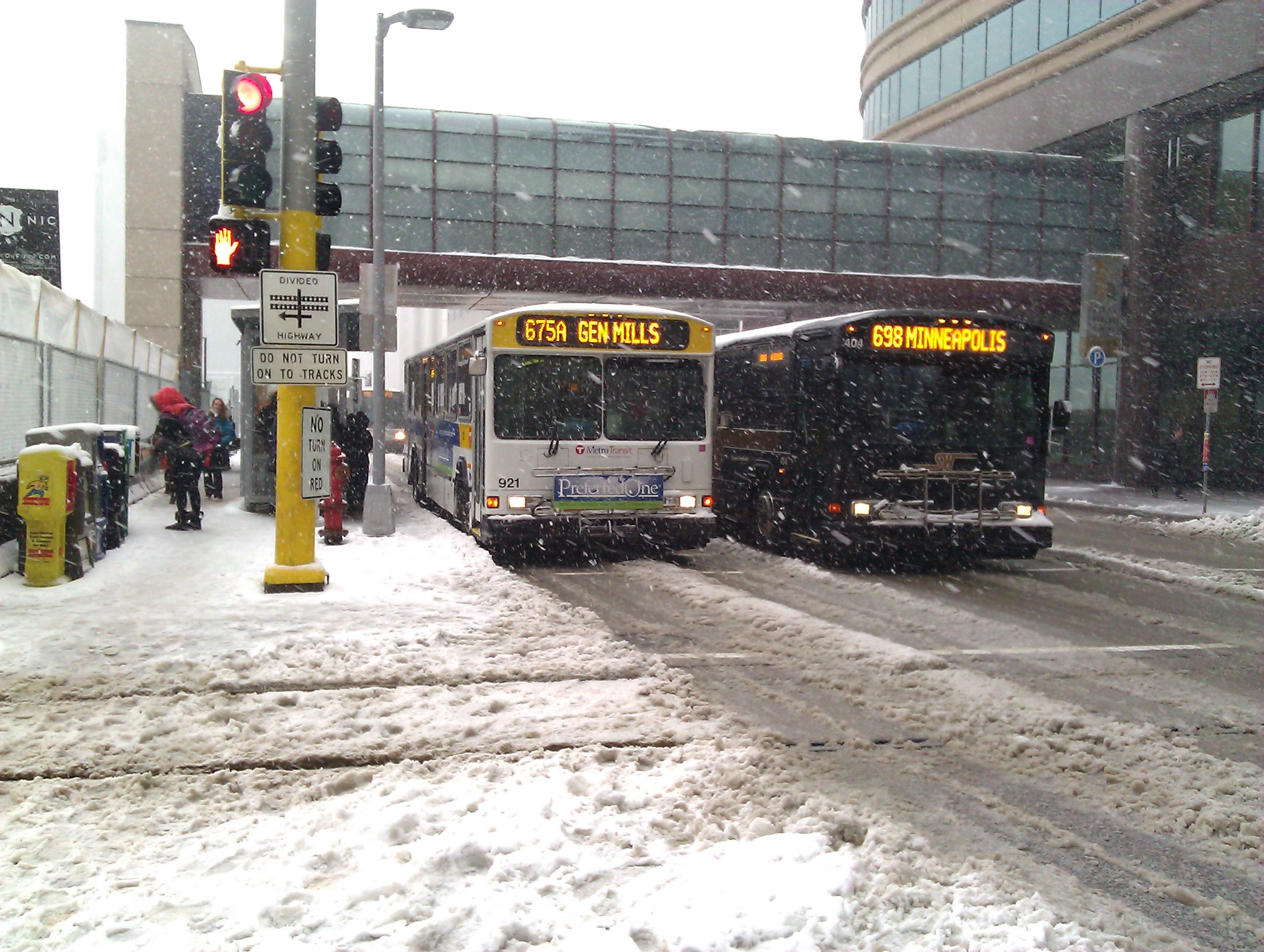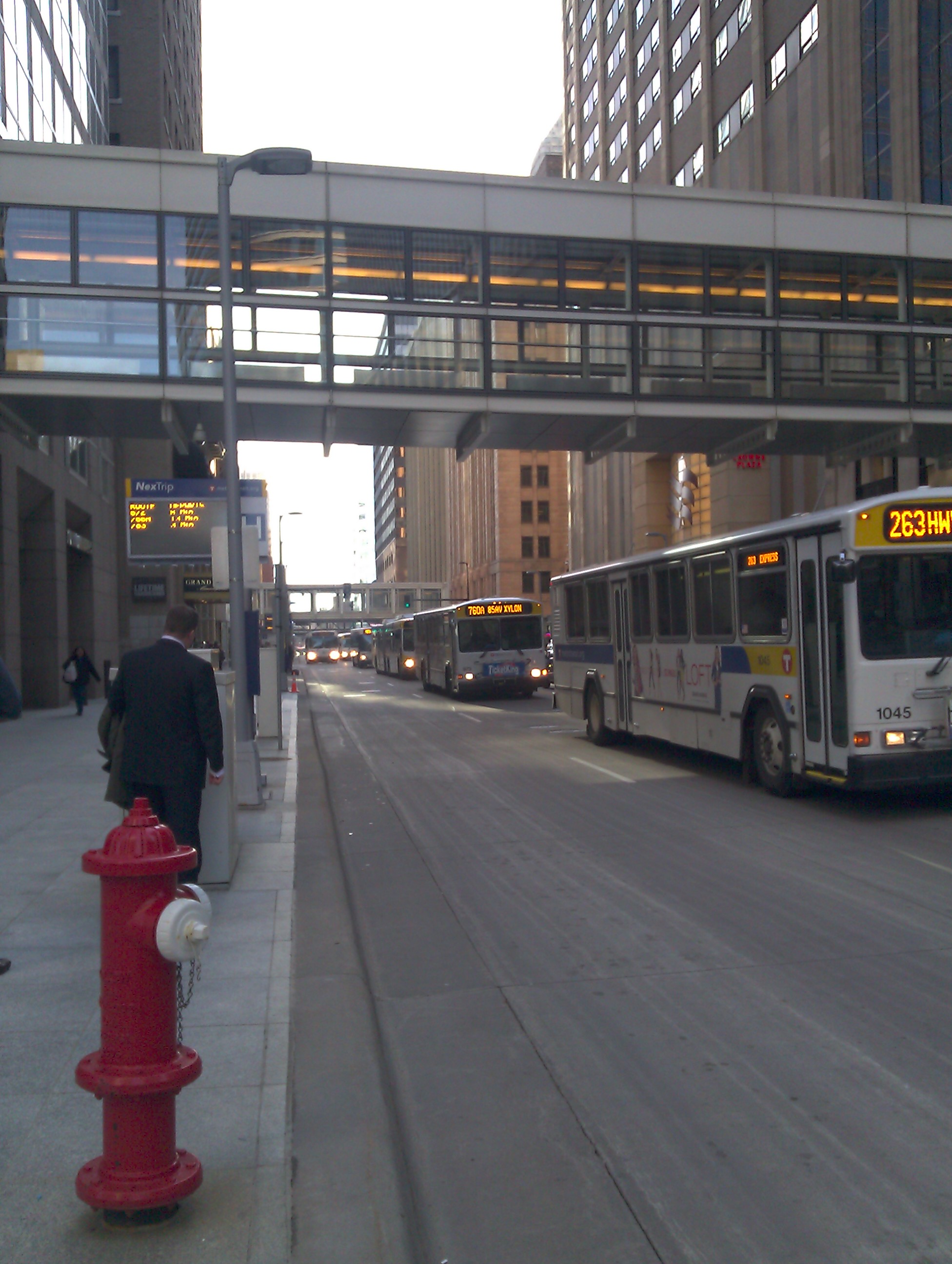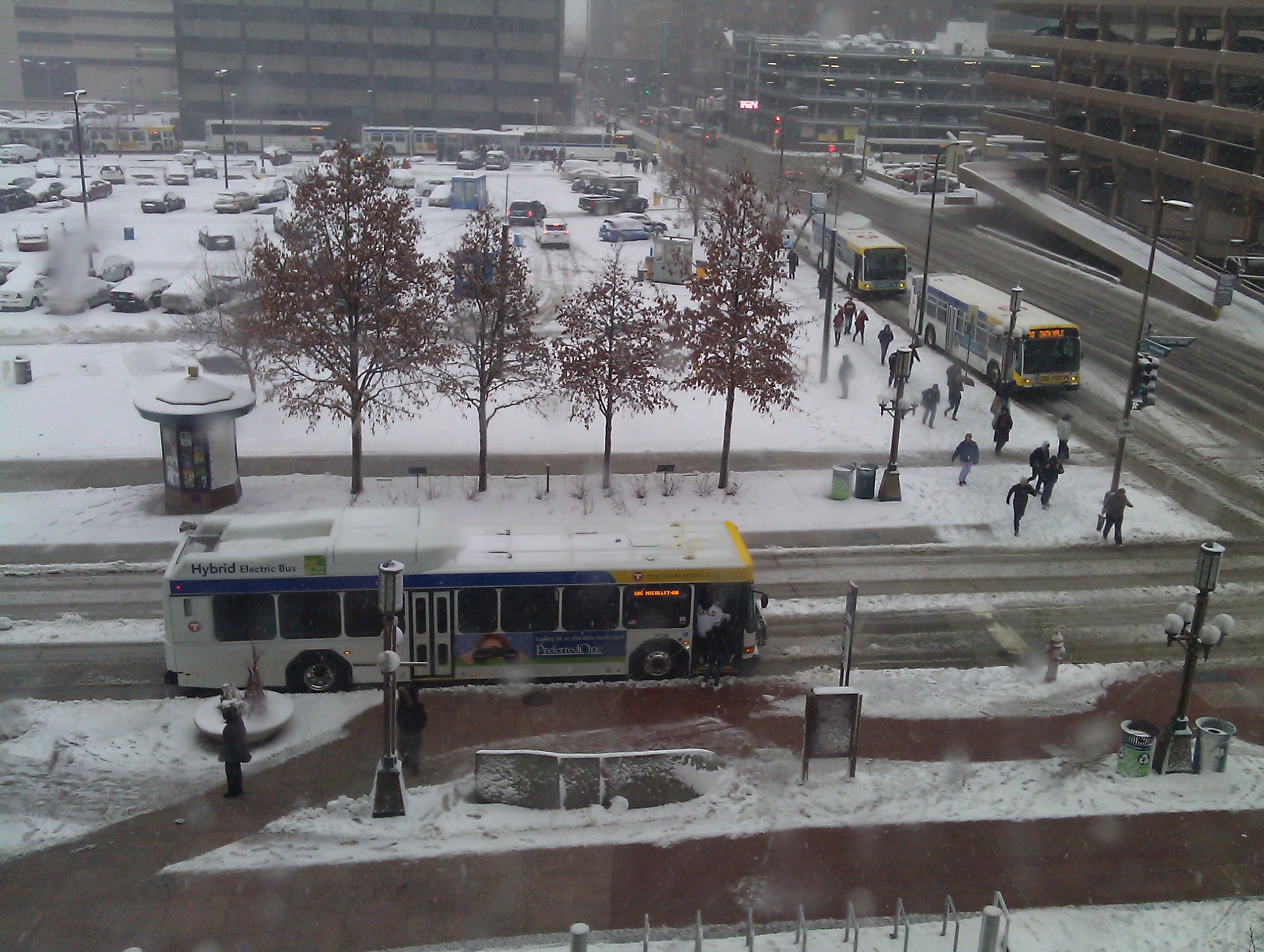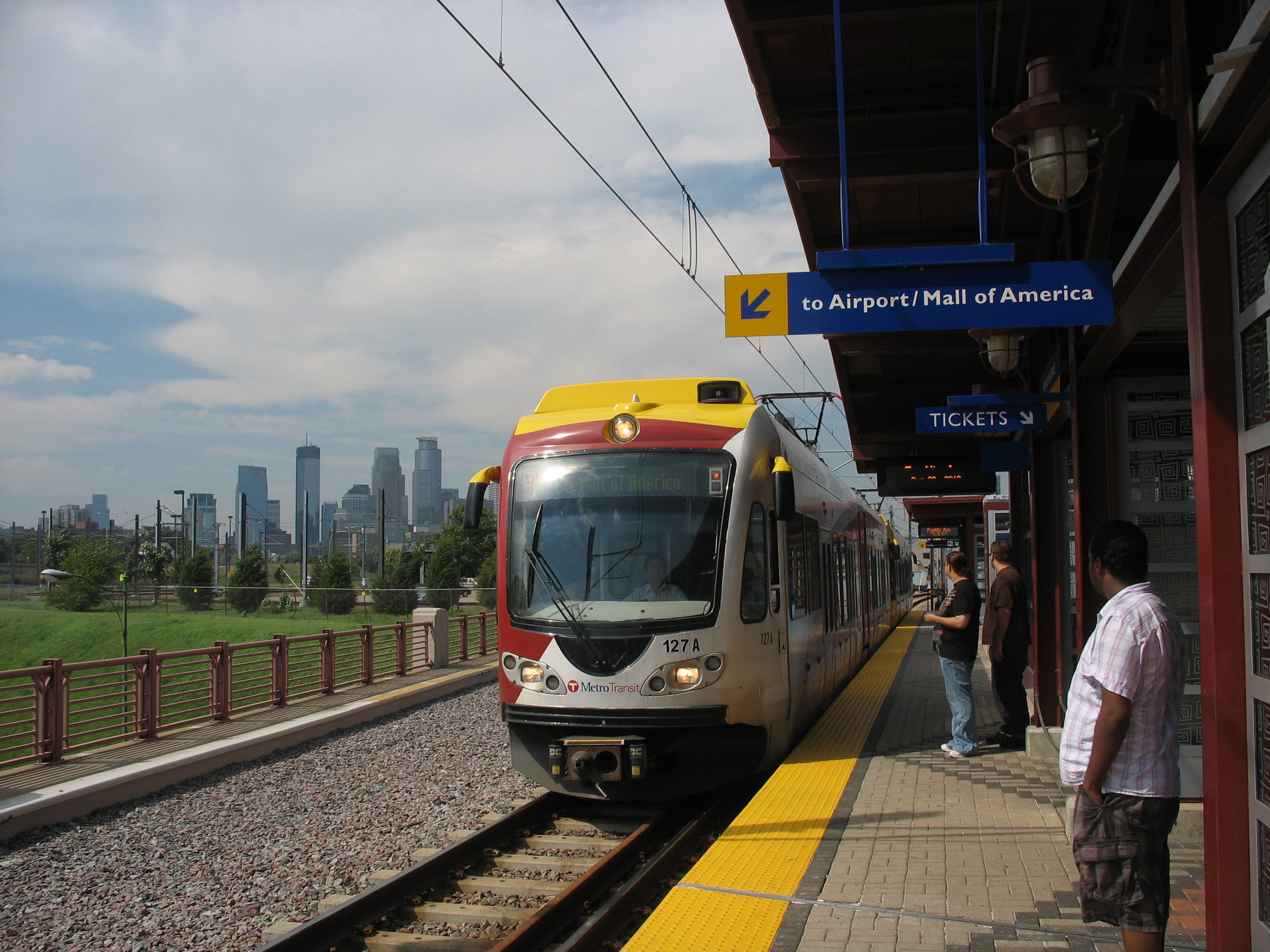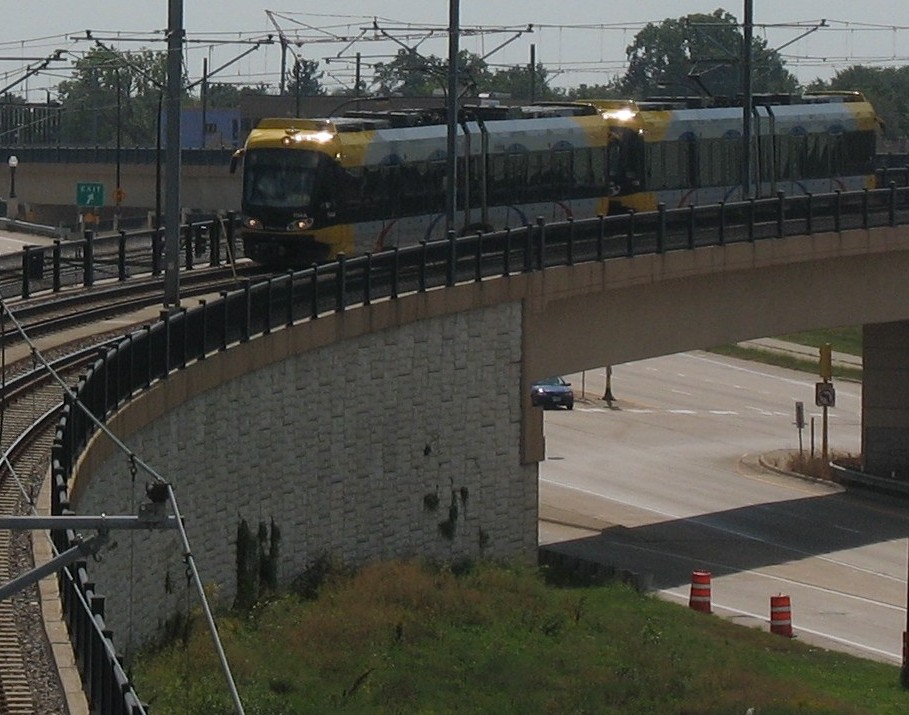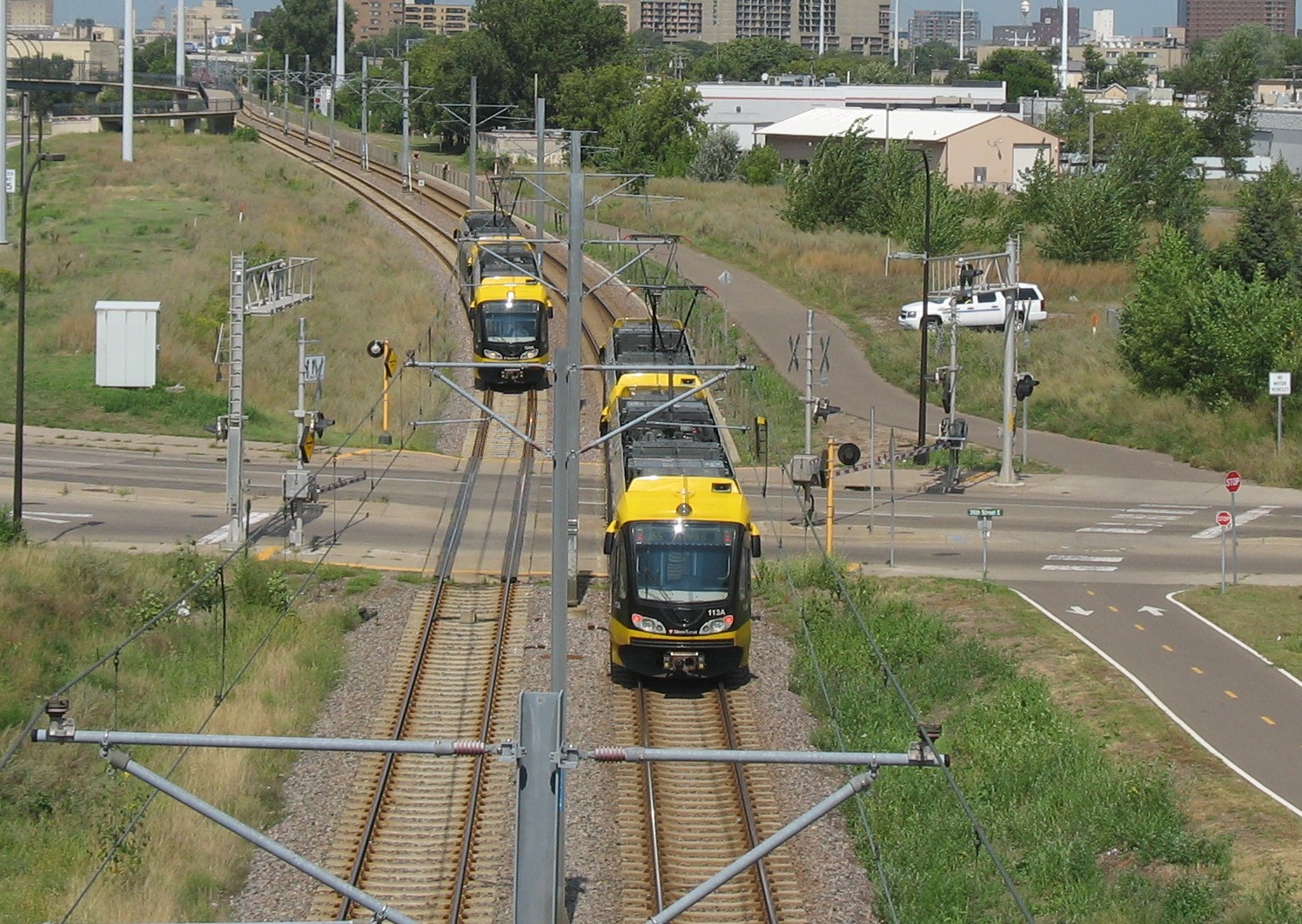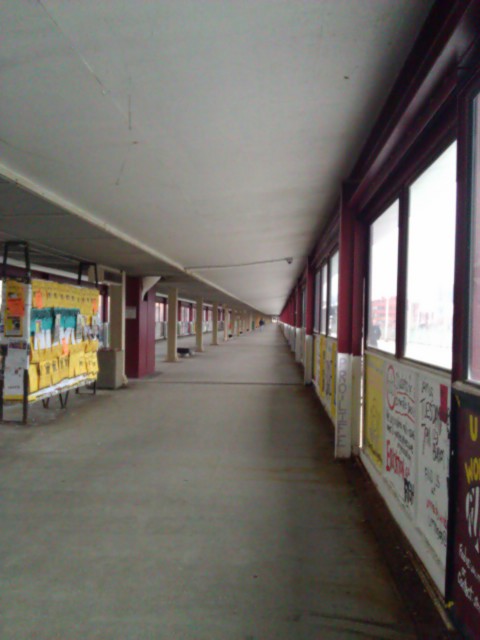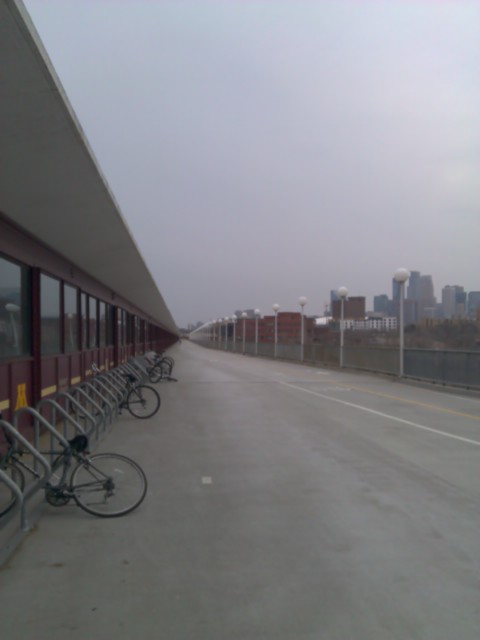There is very little intelligent discussion of how to improve passenger rail in the United States (and Canada for that matter). It should be our goal to provide a useful, efficient, reliable and affordable transportation service, not merely to make money as most Amtrak critics seem to think.
When discussing Amtrak, advocates typically fall in two camps: the more libertarian group believes everything except the profitable Northeast Corridor is a waste of money and should be discontinued; others see this attack and vigorously defend all existing services. Then there are the regional non-profit groups working to raise large sums of money for a few isolated high-speed rail lines.
The purpose of any planning is to evaluate your performance and work to achieve your previously defined goals. Yet ever since Amtrak was created 40 years ago to stop the bleeding of bankrupt private railroad companies, we have never defined any goals for intercity rail service. That’s probably why Amtrak fails at one of the top priorities for any transportation service: usefulness.
This is the main problem with our intercity passenger rail non-system: it is unsustainable because it is completely useless to the vast majority of Americans. Even for people like me who love riding trains, it can be very difficult to plan a trip on the infrequent, slow services. If you’re not a rail fan and don’t hate flying, air travel is likely to be your mode of choice, even if you would rather take a train.
These are the main deterrents to using intercity passenger rail in the United States (same for Via Rail in Canada):
Lack of geographic coverage. Amtrak operates a handful of regional routes and even fewer long-distance lines. Many important cities are served indirectly, in only one direction, or omitted entirely. All east-west long-distance routes go far out of their way to meet in Chicago. Stations are often located outside of the walkable areas where people want to be and lack convenient local or regional transit and intercity bus connections. While most Americans live somewhere near a train route, few live near a service that is useful to them.
Infrequent service and poor schedules. Amtrak owns and manages very few of the corridors on which it operates, meaning that it adheres to the rules and capabilities of its host railroads. The private freight operators are not bad people; they just have different priorities which are dictated by the needs of transporting cargo over long distances on very long train sets and shifting it to/from trucks. As a result of these constraints, most Amtrak lines run only once per day and often at times that are inconvenient to potential passengers. For example, Cleveland and Toledo are served only by the Lake Shore Limited (New York/Boston - Chicago) and the Capitol Limited (Washington - Chicago), which both pass through only in the middle of the night.
Slow travel & frequent delays. Since Amtrak does not control its running ways, its service quality can only be as good as its host railroads will allow. The top speed of 79 miles per hour is considered low by international standards, yet many segments don’t even allow that speed. It all has to do with the condition of the tracks, capability of the signals, and what/how other trains using the line. Schedules and sidings (extra tracks for passing) are often designed to deal with these issues but the most complicated schedule only works if you stay on time. An example of slow travel is the Empire Builder route which serves Minneapolis, Milwaukee and Chicago on its eastern end, but is too slow and often delayed for most people to rely on it.
Cost. In most places Amtrak is reasonably priced and easily beats the cost of driving or flying, but in high demand corridors such as California and the Northeast Corridor, the prices can be unaffordable for most travelers. Buses provide much cheaper travel on the same corridors but are unreliable as they must operate in heavily congested traffic, a glaring example of income inequality.
What’s missing from every Amtrak discussion I hear in transit circles is the need to build and maintain an intercity and regional transportation system that is useful to people. All four of the above issues can be solved if we invest in infrastructure upgrades that would permit fast, frequent, reliable service everywhere it is needed. With this approach, some segments will yield a good farebox recovery ratio, and it would also hopefully prompt a serious discussion on what we’re trying to achieve with our rail service.
So far we have only done the equivalent of local transit service cuts: eliminate some routes to make it look more efficient on paper while in reality the network erodes and loses riders in a death spiral.




